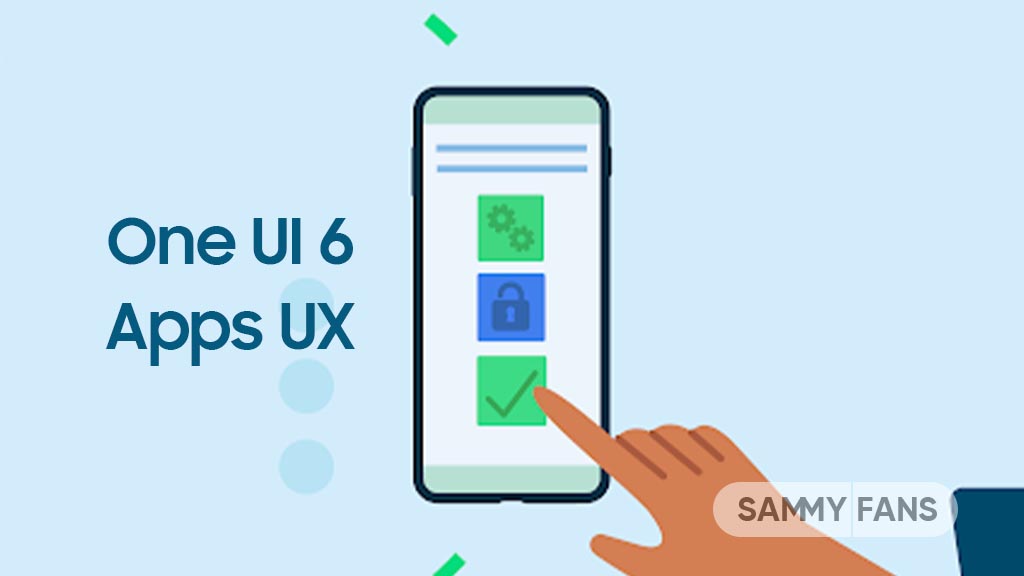Opinion
Samsung Galaxy S23 Ultra could be a massive hit of 2023

Android world will be getting new flagship smartphones this year. Xiaomi released its new phones, while, OnePlus scheduled an event on January 4th. Samsung, on the other hand, is preparing to lift the veil of the Galaxy S23 series (standard, Plus & Ultra) in early February 2023.
Rivals aside, Samsung fans and consumers who have skipped the iPhone 14 due to lack of innovation are waiting to see the Galaxy S23 lineup. In 2023, the Galaxy S23 phones, mostly the S23 Ultra, could become a big hit for Samsung worldwide.
Follow Sammy Fans on Google News
Monster camera!
Since megapixel counts never matter when it comes to Samsung, the Galaxy S23 Ultra eventually be equipped with a 200MP sensor. Instead of using the existing ones, the company has developed a custom ISOCELL HP2 image sensor for the Galaxy S23 Ultra smartphone.
Join Sammy Fans on Telegram
For photography, the Galaxy S23 Ultra will surely have some exciting new features such as better portraits, night shots, and video stabilization. A high-resolution camera ensures details and colors of the subject are shot better with crispier details, without compromising with quality.

On the other hand, the software part will play a key role in upgrading the abilities of already used sensor in the Galaxy S23 Ultra. As reported, the 108MP camera will turn to 200MP while the other three sensors will remain the same; 12MP, 10MP and 10MP.
For selfies, there will be no 40MP front camera in the Galaxy S23 Ultra, which Samsung is replacing with a 12MP one. We don’t know any specific reason behind this change, but it looks like the company is reducing difference among all three models of the lineup.
Snapdragon everywhere!
Exynos chipsets badly disappointed consumers even with Samsung smartphones. The company’s own chipset brand didn’t become a tough competitor to Qualcomm and MediaTek due to which, the Galaxy S23 series will be shipped with only Snapdragon 8 Gen 2 chipsets.
Europe is one of the biggest markets for Galaxy devices and Samsung will surely be getting a great boost in sales, thanks to the decision of abandoning Exynos. Since the company delayed the launch of S22 FE and canceled the A74, there will be higher response for the Standard variant.
S Pen
S Pen is one of the biggest selling points of the Galaxy S22 Ultra, which will also be applied to the Galaxy S23 Ultra. Last year, the company combined Note and S to create a hybrid smartphone with a great camera and Note design. This year, the Galaxy S23 Ultra will feature a further improved design and have usability increment.
Samsung has greatly reduced the latency of the S Pen on the Galaxy S22 Ultra, which we assume to go down. It delivers experiences of original pen-paper writing on the Galaxy smartphone with the S Pen. Air Actions should also have new upgrades with the One UI 5.1.

Battery, charging
The Galaxy S23 Ultra could come with a 5000mAh battery with up to 45W fast charging support. On the other side, Chinese competitors are offering up to 150W fast charging support with their flagship smartphones. Samsung believes 45W is enough and reliable charging speed for this time, but, it must match rivals.
Faster battery charging might affect battery life, but, it doesn’t mean Samsung to stop innovation in that field. Since the 45W charging is expanding to S23 Plus, I guess future Galaxy devices might match competitors or have a charging speed boost at least.
What do you think about the Galaxy S23 Ultra? Could it be a massive hit in 2023? Let us know via social media!
Opinion
7 Android updates Sweet but Useless for Galaxy Z Flip 6, Z Fold 6

Samsung replicated Google’s promise of Android updates, but the plus point is that mid-range and budget Galaxy phones are eligible for at least four major OS upgrades. The upcoming Galaxy Z Flip 6 and Z Fold 6 will also be honored with 7 major Android updates.
The Korean tech giant offers the longest software update support in the Android industry. Google’s OS update promise starts from the Pixel 8 series. While mid-range and budget Samsung phones get four Android updates, the premium Galaxy Z Flip 6 and Z Fold 6 will get 7.
Earlier this year, Samsung launched the Galaxy S24 series smartphones. The lineup is guaranteed for at least seven OS upgrades. The strategy was earlier expected to be applied to Galaxy A55, but the company kept it limited to the flagship phones.
Samsung doesn’t officially consider Galaxy Z as flagship lineup, but it’s the most premium segment. All the novelties that Galaxy S receives also come to foldable phones. Therefore, it’s certain that the company will support its upcoming Galaxy Z phones for 7 years.
Will they survive 7 years?
Sporting a foldable display entirely ends the discussion of longevity. Besides, the pre-applied screen protection film starts to damage within a year of normal usage. Samsung’s innovative foldables are available internationally but support isn’t.
Samsung Care+ plan is also offered by the phone maker for additional protection. However, it still requires the owner to pay the processing fee, which isn’t considerable. Also, the Care+ plan doesn’t cover the Samsung-slapped screen protector film.
So if the Korean phone maker is willing for longer software support, it should rather offer a two-year replacement guarantee on manufacture defects. It would push consumers to prefer foldable phones as they won’t have to worry about display concerns.

Pre-reserve the next Galaxy and get a $50 Samsung Credit and massive savings. When you pre-order any of the upcoming devices, you will be honored with multiple benefits. You will not only get Instant Samsung Credit but also savings of up to $1500.
Unpacked 2024 ‘Pre-reserve’ ends soon, secure your $50 Samsung Credit
Opinion
Android Updates War: Google’s Game-Changing Move to Outshine Samsung

When it comes to Android updates, Samsung is leading the Android world. However, this could be the last day of Samsung’s leadership as Google is expected to double up its current Android updates support for Pixel smartphones launching today.
2020 was a remarkable year in Samsung’s history when the company extended Android updates support from two years to three. A few months later, the company extended the security support as well, totaling it to four years for flagship Galaxy devices.
Follow our socials → Google News | Telegram | X/Twitter | Facebook | WhatsApp
In 2022, Samsung launched the Galaxy S22 series, which offers four generations of OS upgrades. In its announcement, the company listed all flagships launched in 2021 and later along with select Galaxy A series smartphones for 4 OS and 5 years of security patches.
With this decision, the South Korean tech giant surpassed Google’s support policy, which owns Android. To be noted, Tensor-powered Pixel smartphones come with three years of Android and five years of monthly security updates support.
Today, Google will launch the Pixel 8 and Pixel 8 Pro smartphones. And as per the leaks, both phones will offer up to 7 years of software support, surpassing the longest support provided by Apple to its iPhones. Pixel 8 and later might be eligible for 7 major OS upgrades, which sounds a bit confusing.
There are speculations that there will be five major OS versions and 7 years of regular security patches and quarterly Pixel Feature Drops for the latest flagship smartphones. If it happens, it will force other Android vendors to further extend their support.
While Pixel phones are limited to support 3 major OS versions, Samsung is offering 4 generations of OS upgrades to cheaper Galaxy devices that costs approx $249. Samsung won’t take too long to beat Google yet again in terms of software support.
Let’s see, what Google has to offer to the Android world!
Opinion
Here’s why Samsung apps start getting One UI 6 support ahead of official release

After One UI 5.1, we started hearing a lot of news, leaks, and rumors about the upcoming One UI 6. Recently, Samsung has also started releasing One UI 6.0 support for stock apps, starting with the Calculator app.
Looking at all this, we can expect that Samsung will provide this support to more apps in the future too. But the question is, why is Samsung providing One UI 6.0 support to its stocks apps before the official release? If you are thinking that by getting their support, you will get some new features in your apps, then it is not only the reason.
Samsung One UI 6.0 support can also bring new features for apps, but the main reason for this is something else. But what? The answer is that Samsung is going to release a new One UI update in the coming weeks or months and the company aims to make its stock apps compatible with that accordingly. Once the app is supported, the app will not stop working or get crash whenever the company releases that update for the smartphone.

A recent report revealed that Samsung’s stable Android 14 update will be available in October. This is the same time frame as last year’s UI rollout, with the latest Galaxy S lineup being the first to secure it. Meanwhile, beta activity is seeing an early start if everything goes as planned by the internals.
Still, for the time being, we can consider this information as a pinch of salt as the company has not yet announced any official timeline for One UI 6.0.
Samsung confirms One UI 6 and Good Lock features finding underway












